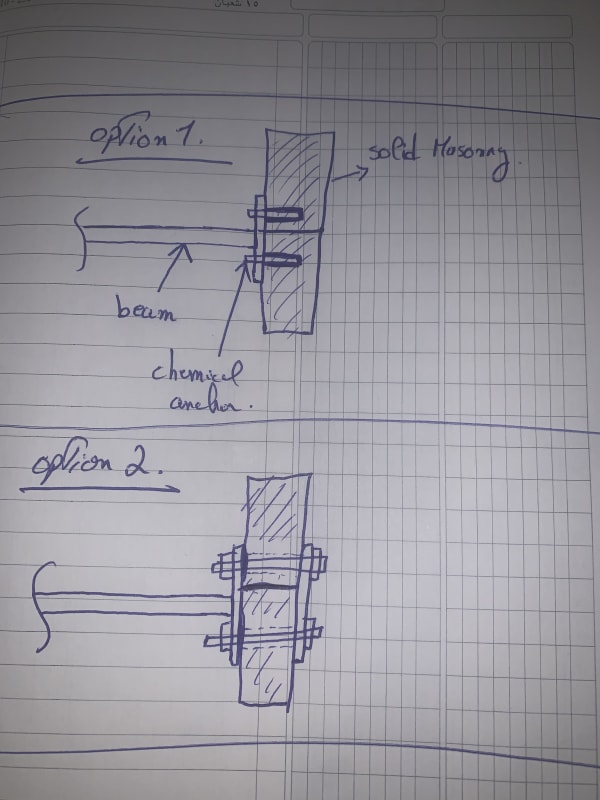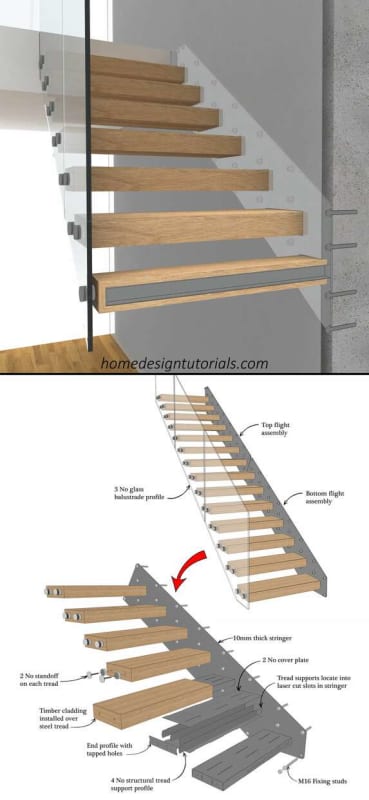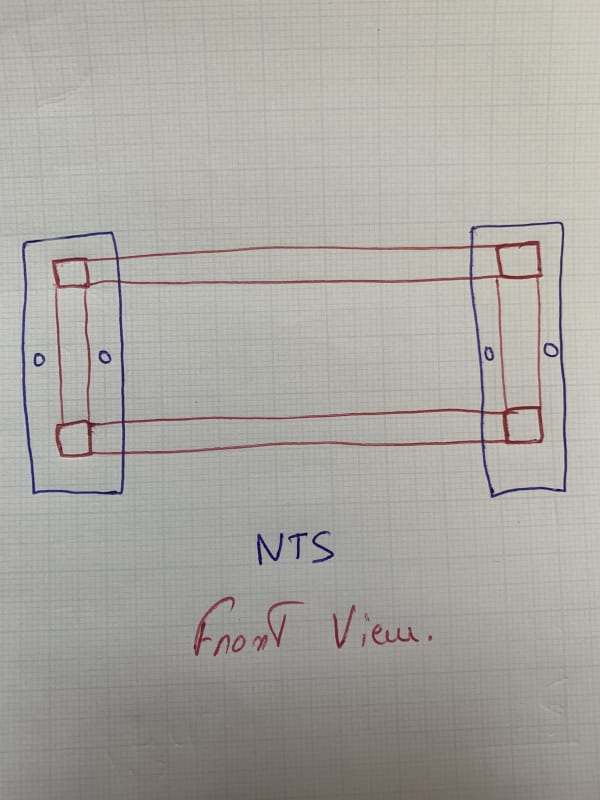Hello all,
As the subject says, i am in one of those situations.
There is an existing solid masonry wall that need to support a one floor cantilevered staircase structure.
For the fixing of the cantilevered treads structure to the wall i am thinking of two options.
Option 1) using chemical anchors with anchoring adhesive but all these chemical anchor suppliers recommend one bolt per masonry cell and thats an issue since the anchor bolts spacings are going to be less than a masonry cell.
Option 2) using a sandwich connection between the treads beams and the other side of the masonry wall; basically welding steel rods on a plate, inserting it from the opposite side of the wall and fastening the structure on it from staircase side.
I think option 2 can be better than option 1, but i need guidance, advices, and even other options but taking into consideration that it’s an existing solid masonry wall and it is not under construction.
Detailing is a hobby,
As the subject says, i am in one of those situations.
There is an existing solid masonry wall that need to support a one floor cantilevered staircase structure.
For the fixing of the cantilevered treads structure to the wall i am thinking of two options.
Option 1) using chemical anchors with anchoring adhesive but all these chemical anchor suppliers recommend one bolt per masonry cell and thats an issue since the anchor bolts spacings are going to be less than a masonry cell.
Option 2) using a sandwich connection between the treads beams and the other side of the masonry wall; basically welding steel rods on a plate, inserting it from the opposite side of the wall and fastening the structure on it from staircase side.
I think option 2 can be better than option 1, but i need guidance, advices, and even other options but taking into consideration that it’s an existing solid masonry wall and it is not under construction.
Detailing is a hobby,



